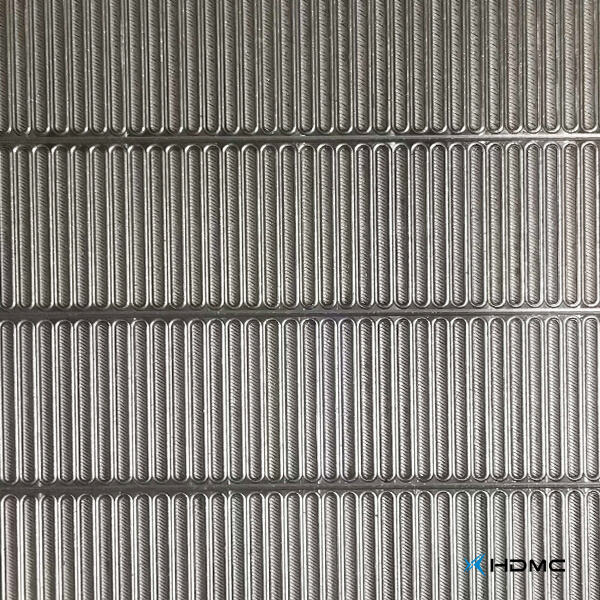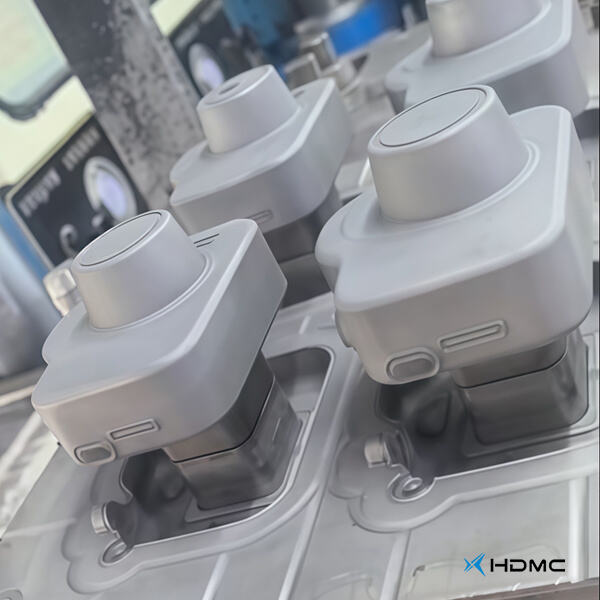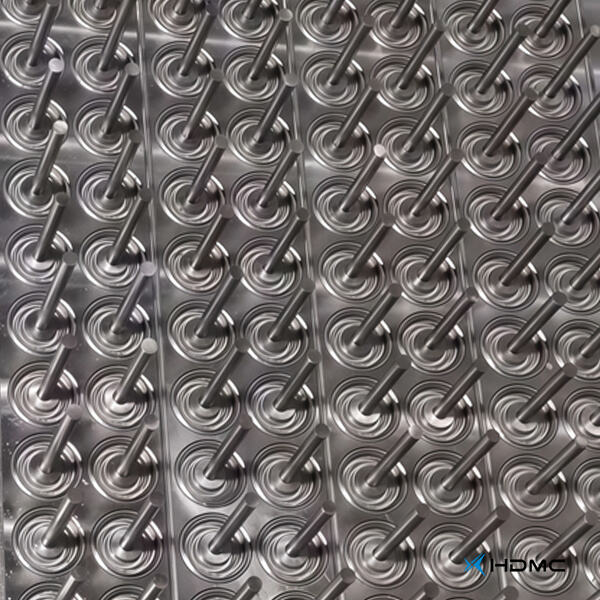-

Step-by-Step Guide to Creating Silicone Molds for Home Crafts
Silicone molds are also used for mass production of plastic or corresponding castings as they are more durable and long-lasting than cheaper brittle shapes also used for these purposes. Whether you are making sample or prototype products or you are just looking to create a component in an inexpensive manner, silicone rubber mold making offers a combination of both speed and affordability.
-

Choosing the Right Silicone for Your Molding Projec
Silicone Selection Guide Silicone is a versatile material used in variety of mould making applications. If you are choosing a silicone for a mould, you need to consider the type of material your are casting, the detail you want to capture and make sure that it will comply with the application. Various kinds of silicone rubber are available that have specific properties and uses.
-

Tips and Tricks for Successful Silicone Molding Every Time
If you are casting resin or other material that needs to be able to withstand high heat, say around 400 degrees Fahrenheit, you will want a silicone rubber that can handle that. Contrarily if you are making small detailed molds then you will need a silicone rubber which has a high tear strength (ie to create a perfect cast).